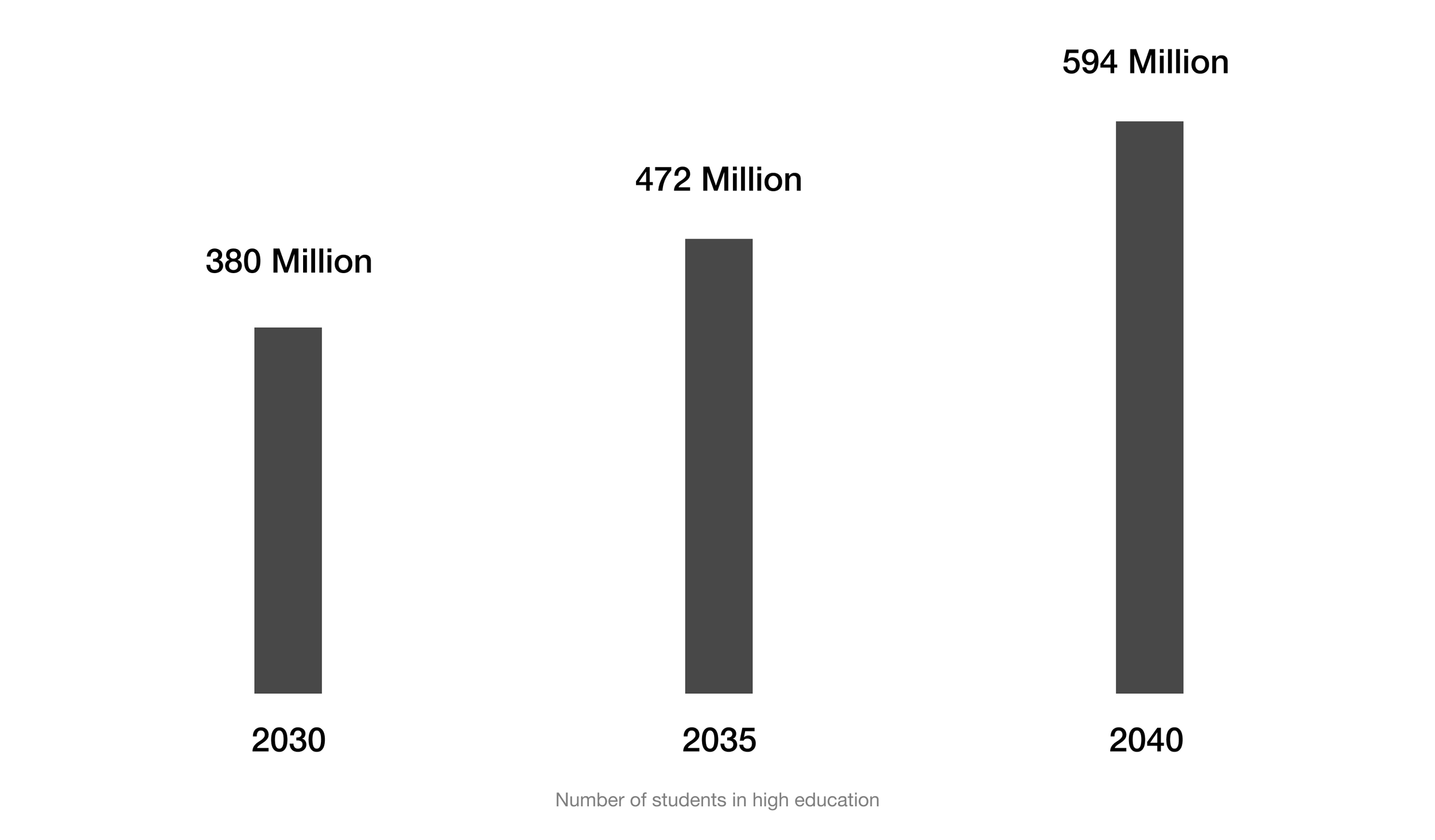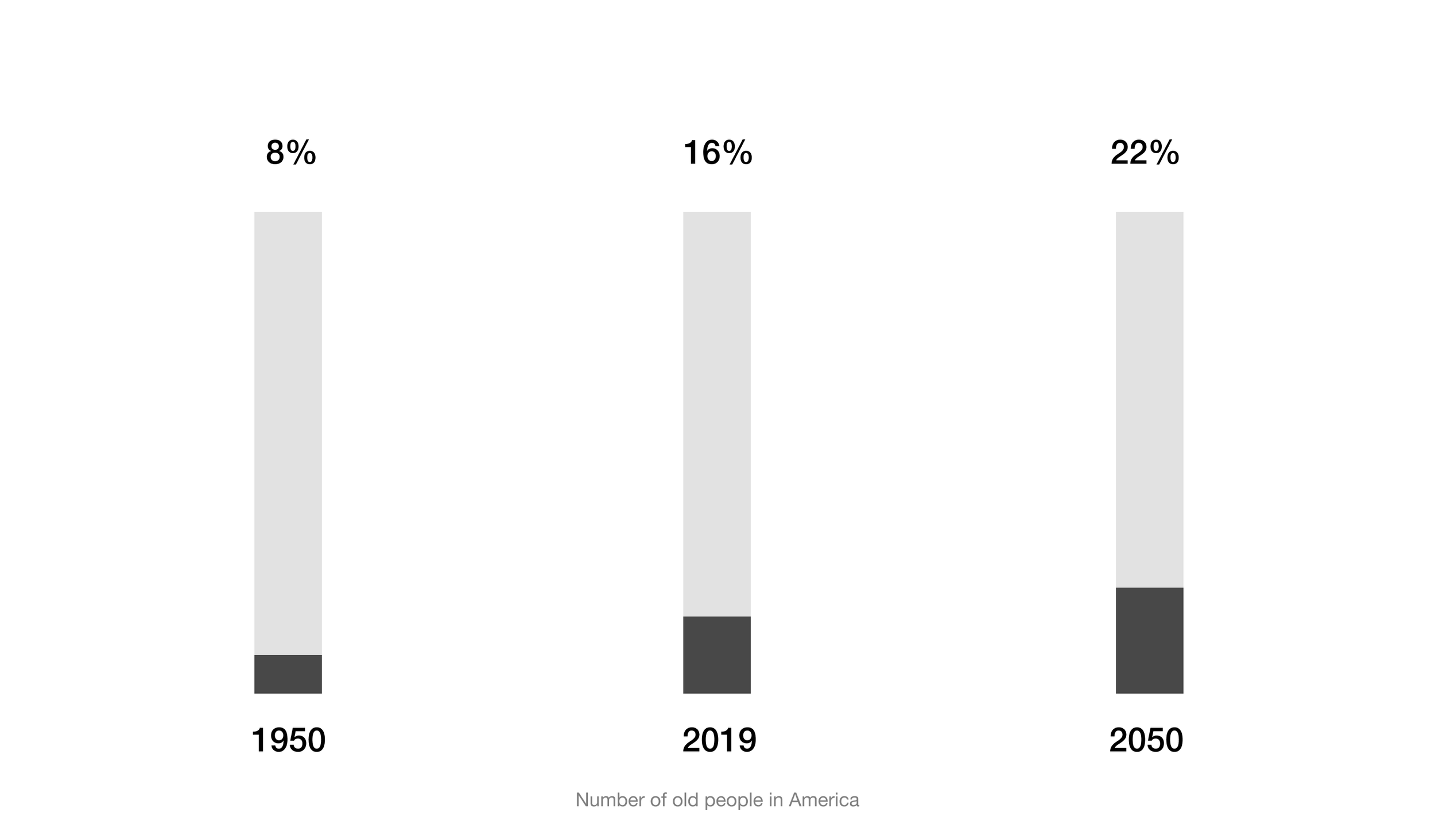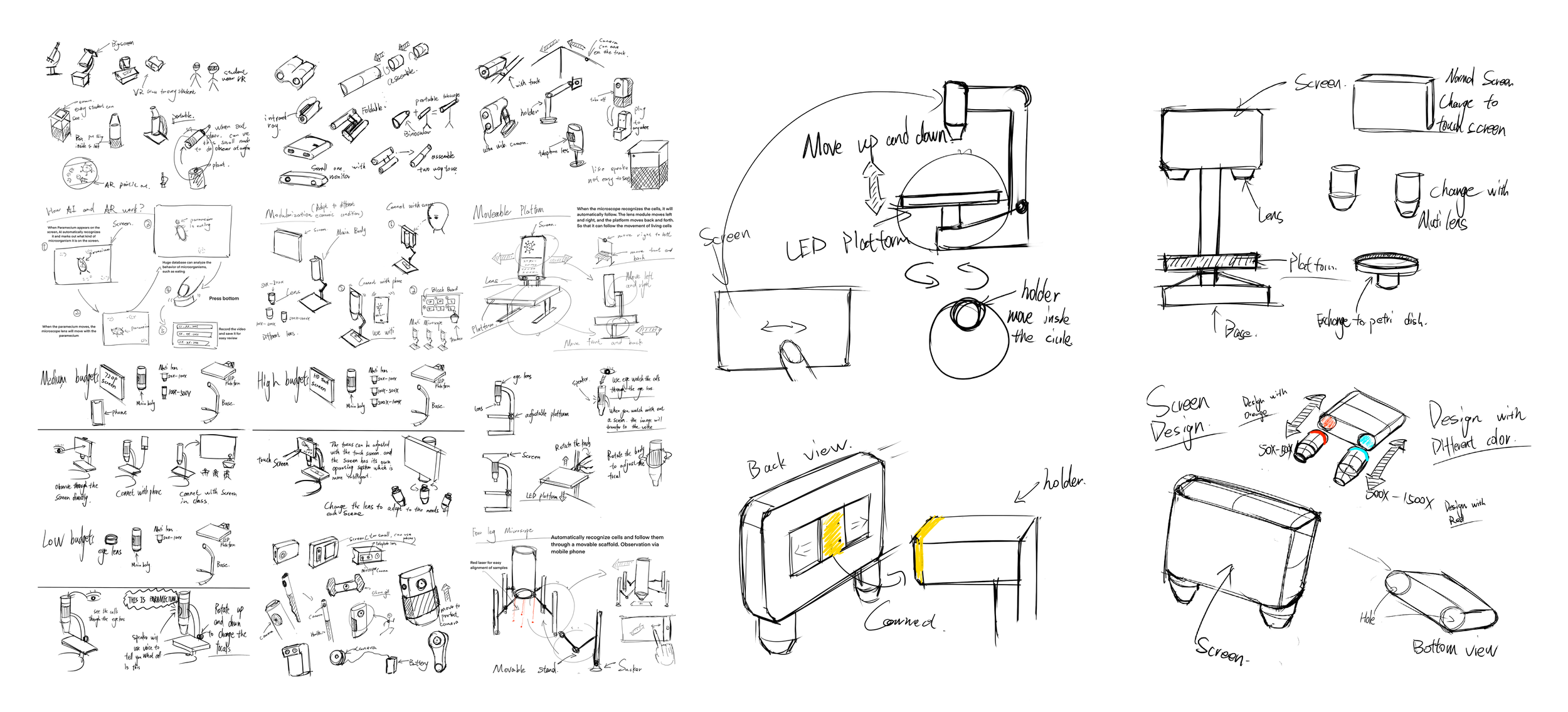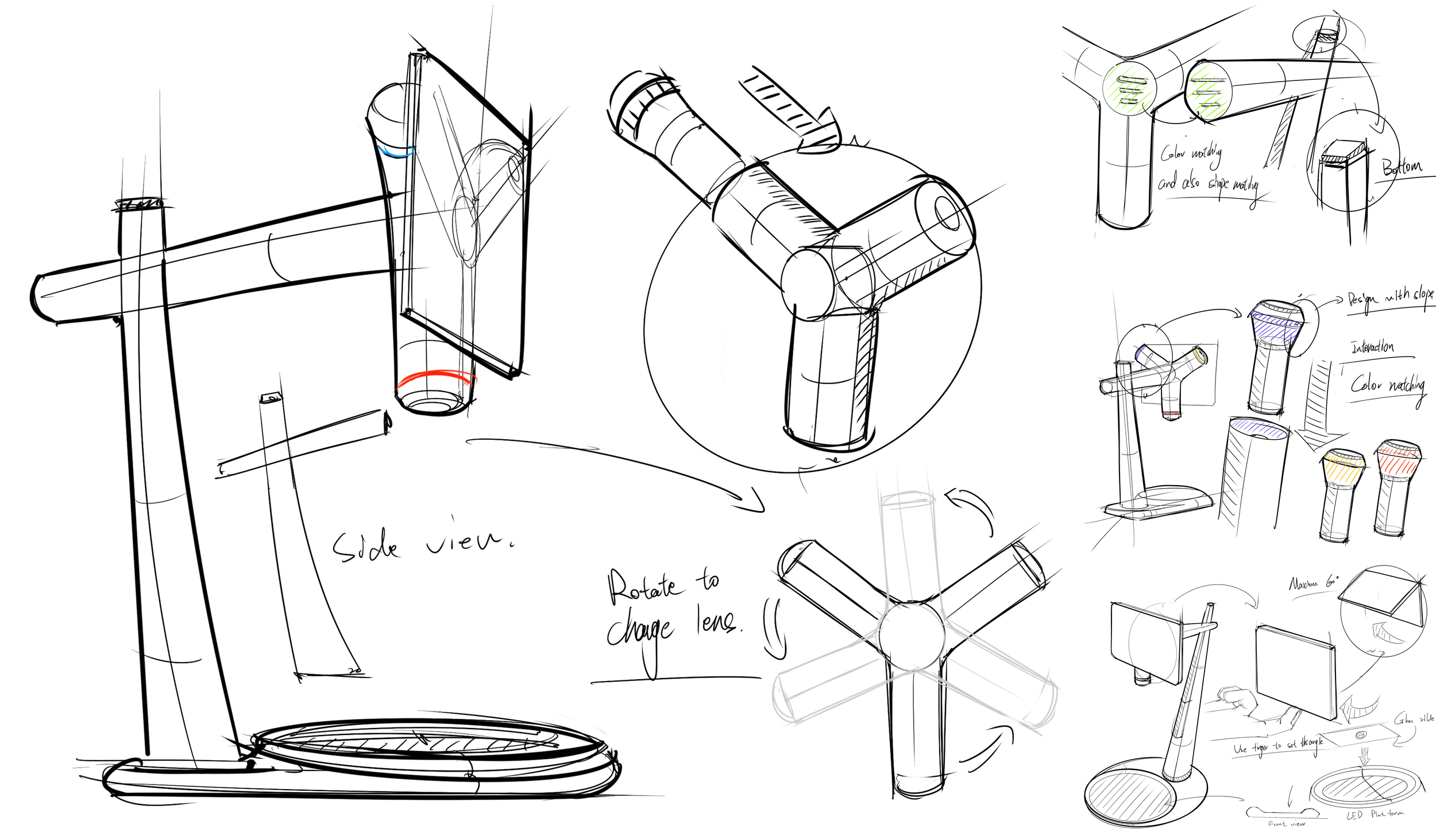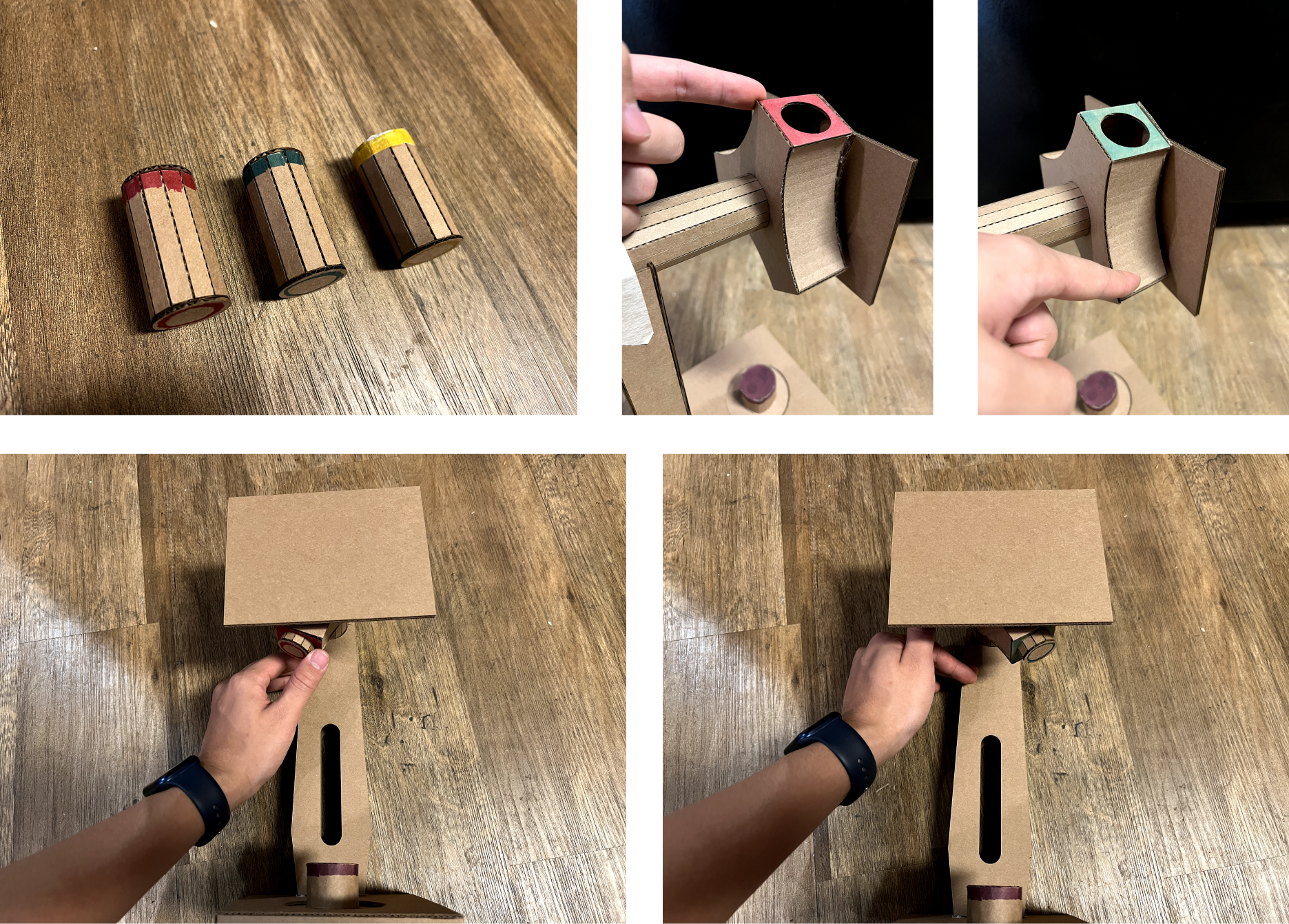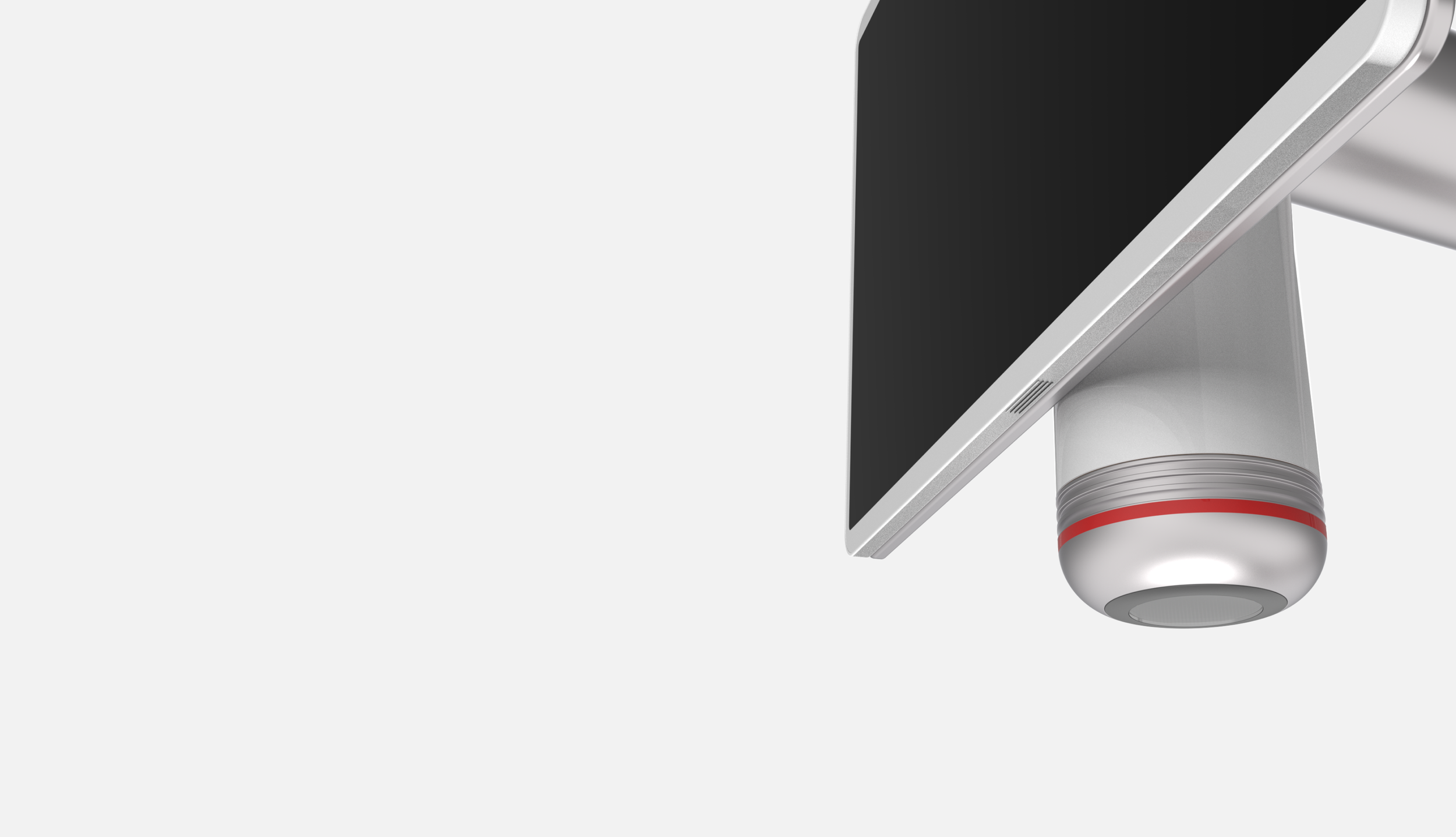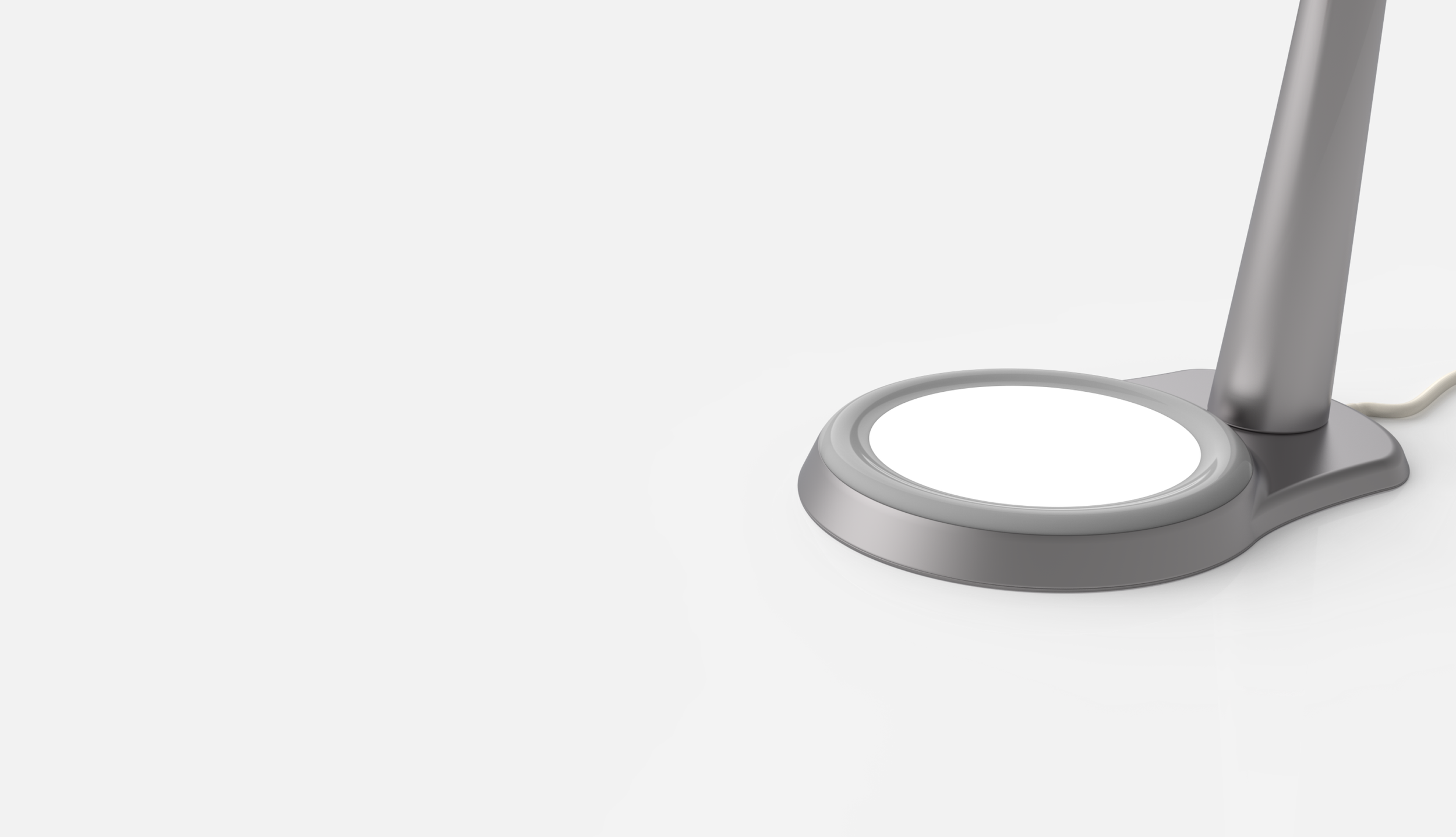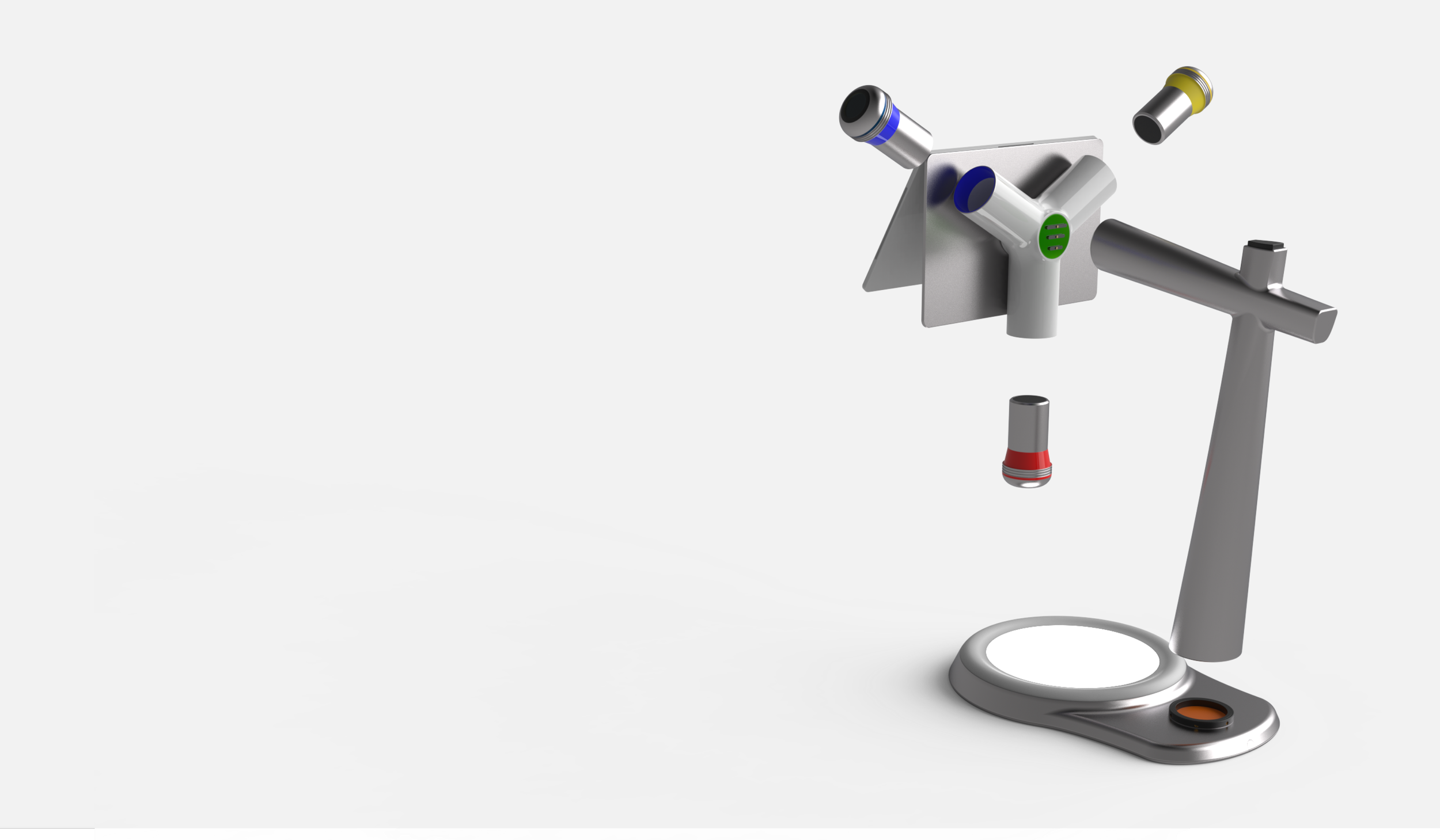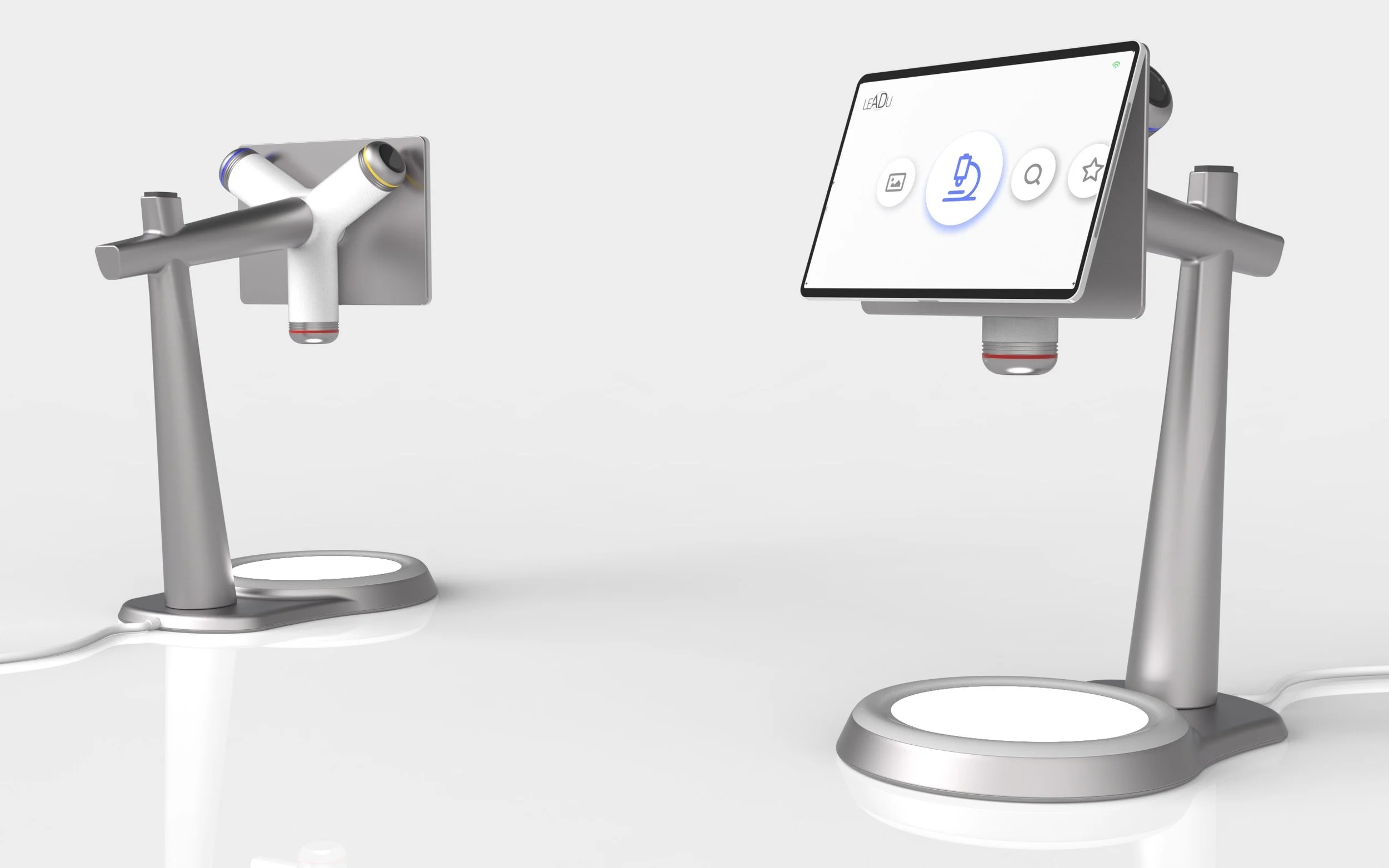
SONY LEADU MICROSCOPE
Project Intro:
LEADU is an introductory AI microscope designed to provide an accessible and engaging gateway into the microbial world. With its user-friendly setup and operation, it's so intuitive that even a 6-year-old child or an 80-year-old people can use it
Project Type:
Product design, High fidelity
Work time:
Sep. 2021— Dec. 2021
Team or Individual:
Individual work

PROJECT STATEMENT
'LEADU' is an AI microscope that helps anyone who is interested in the microbial world to recognize the names and behaviors of microorganisms without a teacher, in a simple and streamlined way.
WHY THIS
For SONY: Microscopes have a huge market, whether for scientific research or learning, And there are a lot of people who have barely been in contact with the microbial world and are interested in microbes
Why i am passionate about this: I tIink the teacher should not be an obstacle to learning
What the market impact can be: Give people more and more convenient opportunities to learn

RESEARCH
Number of students in high education: In the whole world, the total number is expected to reach nearly 380 million by 2030, 472 million by 2035, and more than 594 million by 2040.
Number of old people in America: In 2019, about 16.5 percent of the American population was 65 years old or over; a figure which is expected to reach 22 percent by 2050. This is a significant increase from 1950 when only 8 percent of the population was 65 or over.
The global microscope market size: Valued at USD 9.5 billion in 2020 and is expected to grow at a compound annual growth rate (CAGR) of 7.93% from 2021 to 2028.
The electron microscope segment dominated the market and captured the largest revenue of over 42% in 2020.
PROBELM
For many, pursuing biology studies after leaving school or college poses challenges. While Google and books offer some help, sifting through information can be time-consuming, and hiring a private tutor often doesn't justify the cost
FEATURE LIST
1, Simple operation and get started
2, Smart and accurate
3, Reduce human operation steps
CONCEPT
To reduce learning costs, we employ color-coded components for easy assembly. Using AI recognition, we've bypassed the need for traditional instruction, directly connecting users to data on pertinent microorganisms. This enables autonomous learning in biology without the need for external support
PROTOTYPE TEST
This test is to see if the user can correctly combine the models from the color cues. After the test is completed, the feedback obtained is the way the screen moves left and right to switch the lenses requires moving the body, which is not very convenient. Secondly, the angle of the screen is fixed cannot give users a good look and feel. Thus, an adjustable screen is required.
DESIGN REFINEMENT
1. Change the switching method from moving the screen left and right to rotating the lens behind.
2. The color-coded ring on the lens can better distinguish the parameters of the lens.
3. AI automatic focusing function reduces manual operation.
4. Foldable screen for a better viewing experience
FINAL DESIGN
The final design accommodates users of all ages. As previously mentioned, AI facilitates its use without requiring human guidance
Foldable screen: The microscope's front features a screen that can be tilted upward by 45 degrees using the non-slip strip at the base. Also, users can zoom in and out via touch control bar on the side
Rotatable lens: Three lenses with different focal lengths can be assembled each time, and the user is reminded which lens is being used through the color ring. When you need to switch, just press and rotate at the bottom
LED Base: An adjustable LED base designed for placing slides. It works in tandem with the lens to meet observational requirements.
Button: At the stand's top is a clearly visible switch button. Anyone can easily see it, and pressing it marks the beginning of your microscopic journey.
Color matching: By color matching, anyone can effortlessly assemble it, devoid of any complicated or superfluous steps. Much like operating this microscope, it's simple and user-friendly, suitable for everyone.
UIUX: Click the 'Observe' button to enter the microscopic world. By tapping on a microorganism, the microscope can automatically identify the species using AI. You can also determine the lens type based on the color of the light strip below. Clicking on 'Details' will provide you with comprehensive information about that microorganism.

